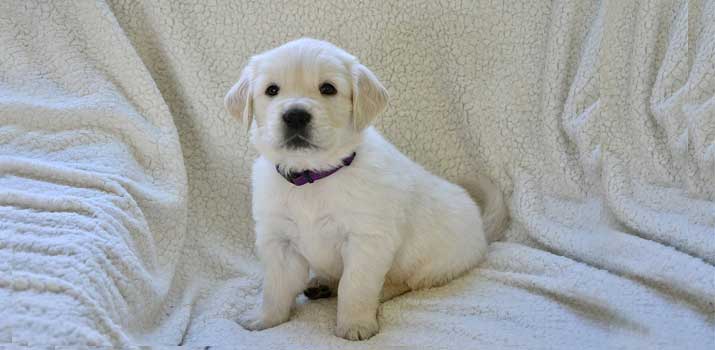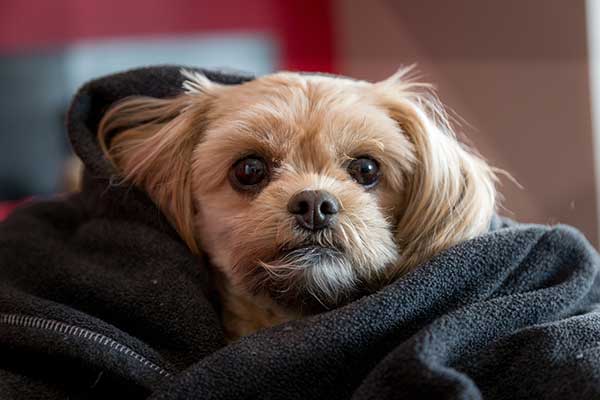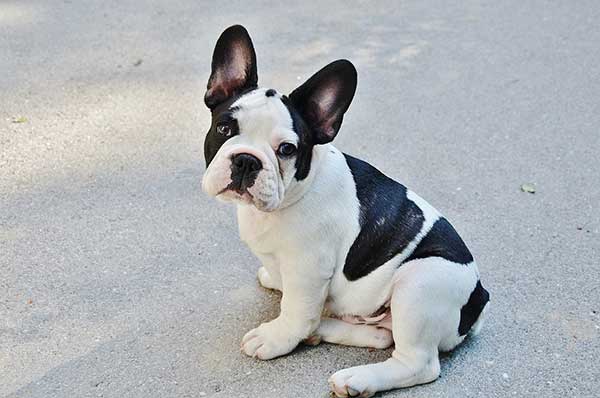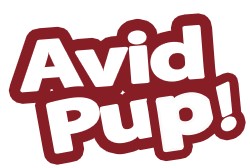
When you bring your puppy home for the first time, there’s so much you want to teach and show them.
It’s an exciting time, and your to-do list with your new canine companion is likely pages long! But before you do anything, one of the first hurdles to overcome is teaching your puppy its name.
You might go to great lengths to choose a name perfect for your rambunctious pup. It has to be something unique but descriptive of your dog’s personality, right?
Whatever name you choose, it’s the foundation of your dog’s training. It helps capture their attention and opens the door to other training techniques. But how do you get them to understand their name?
When Do Puppies Learn Their Name?
Dogs are pretty astute, even at a young age. But how quickly puppies pick up their name depends on many factors. It can happen for some dogs in as little as one to three days! But there are a few barriers that can get in the way.
Age
This is a big factor to consider. Generally, trainers recommend holding off on training until your pup is at least four to five weeks old.
Most breeders don’t let owners take puppies home until they’re eight weeks old, so you should be able to start teaching when you settle on a name.
Younger puppies are easier to mold. But there is a limit.
Before four to five weeks, your pup’s mental acuity isn’t there yet. They’ll have a difficult time understanding commands. Weeks-old canines are still trying to get their footing and understand the world!
Older dogs can be a unique challenge. If you rescued your dog and didn’t know what it went by prior, you must erase old verbal cues and replace them with something new.
Depending on the age, it may take a few weeks for your dog to recognize its new name.
Breed Intelligence

All dogs are capable of learning. However, some breeds are more difficult to train than others.
Breeds like the Border Collie, Golden Retriever, and German Shepherd usually pick up names after a few reputations.
Meanwhile, breeds like the Afghan Hound, Beagle, and Chow Chow are notoriously difficult to train.
That brings us to our next point.
Dedication
You play a big part in this process! If you aren’t vigilant about repeating your puppy’s name and rewarding it for its attention, it can take significantly longer for them to get the hang of things.
You must have some dedication to this process. Otherwise, it’ll derail all your training efforts.
Distractions
Finally, we come to distractions. One of the worst things you can do is try to train your dog on a million things at once.
Canines are intelligent, but puppies have short attention spans! Trying to get them to sit down and roll over when they don’t even know their name will make things much more challenging.
Save yourself the headaches and focus on getting your dog to recognize its name first.
How Do You Know Your Dog Understands Its Name?

There are many ways to evaluate your dog’s grasp of its name. It all comes down to body language and reaction.
If you say your dog’s name and get nothing, there’s a good chance they haven’t made the connection yet. Your dog’s name should be an immediate attention-grabber.
When they’re in another room, saying their name loudly should cause them to come and see what’s up.
If you say it in front of them, your dog will likely tilt its head or divert its attention to you. You may even see their ears perk up, their tale wag, and more.
Pay attention to how your dog reacts. You want your pup to respond strongly to its name. That’s how you know they understand it, and you’re free to move on to other training commands.
Tips for Teaching Your Puppy Its Name
Teaching your curious puppy its name isn’t as difficult as you think. Dogs are naturally inclined to recognize verbal cues. Names are some of the first they learn!
Here are a few tips to help you overcome this first hurdle, putting you well on your way to more complex training.
Start Slow
The most important tip is to start slow. As mentioned earlier, you don’t want to throw a ton of commands at your puppy simultaneously.
Focus on the name first before moving on to other orders. This foundation will help your dog move into more difficult training endeavors.
Teaching your dog’s name is about getting them to make that connection in their brain. You want your pup to hear their name and think, “Oh! That’s me!”
Remove Distractions
Don’t let distractions derail progress.
When training your dog, sit in a quiet room. Alternatively, you can go outside and put them on a leash. Remove all toys and distractions to ensure your pup focuses on you.
Then, say their name. Wait until your puppy focuses on you before proudly saying “Yes” and offering praise. Create a positive connection to their name.
Don’t be afraid to adopt “puppy speak” to make your voice sound excited and joyous. Puppies want nothing more than to play and have fun with you. Make your training sessions fun, and they’ll go by much smoother!
Generally, trainers recommend limiting these training sessions to around five minutes. It’s only a matter of time before puppies lose focus. Keeping it short improves your chances of success.
Provide Treats as Reinforcement
Nothing beats the power of treats!
Invest in training treats. Many brands make small, high-protein treats that have a big impact. Puppies love them, making them more inclined to follow your commands.
Hold the treat to your nose to capture their attention when you say their name. When they respond to you, reward them with the tasty morsel. Eventually, they’ll learn that responding to their name results in delicious snacks!
Gradually Up the Ante
Your training isn’t over once they learn to look at you. Ideally, your dog will recognize its name through any distraction.
Up the difficulty level of your training by introducing more distractions. You can start by adding a few toys in the room or allowing them to wander off the leash.
Then, you can provide a real challenge by bringing them to a dog park or other location full of distractions. Increase your distance, and have your dog come to you when it hears its name.
Continue to reward your puppy when it responds. Once your dog learns to eliminate distractions, its name will become a powerful recall tool.
Conclusion
It’s an amazing experience to see everything click. Watching your dog learn of its new name and identity is just the first step in a lengthy training process.
It’s a big win, so show your pride and use your dog’s name often! Before you know it, your dog will love hearing its name, running to you with nothing but joy and glee when you say it
Also Read:

